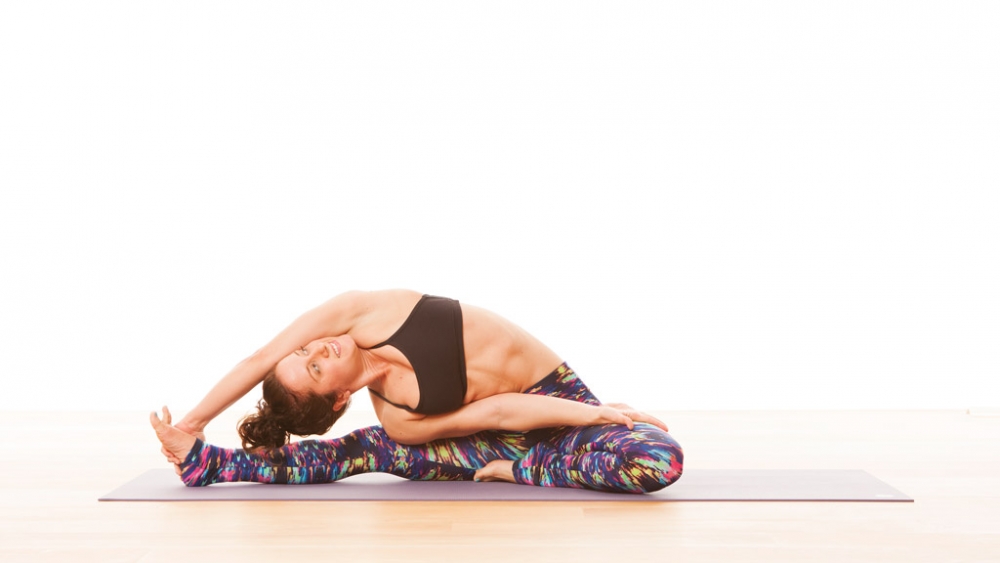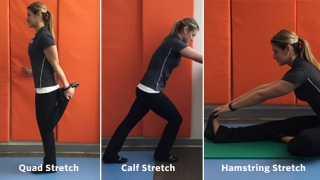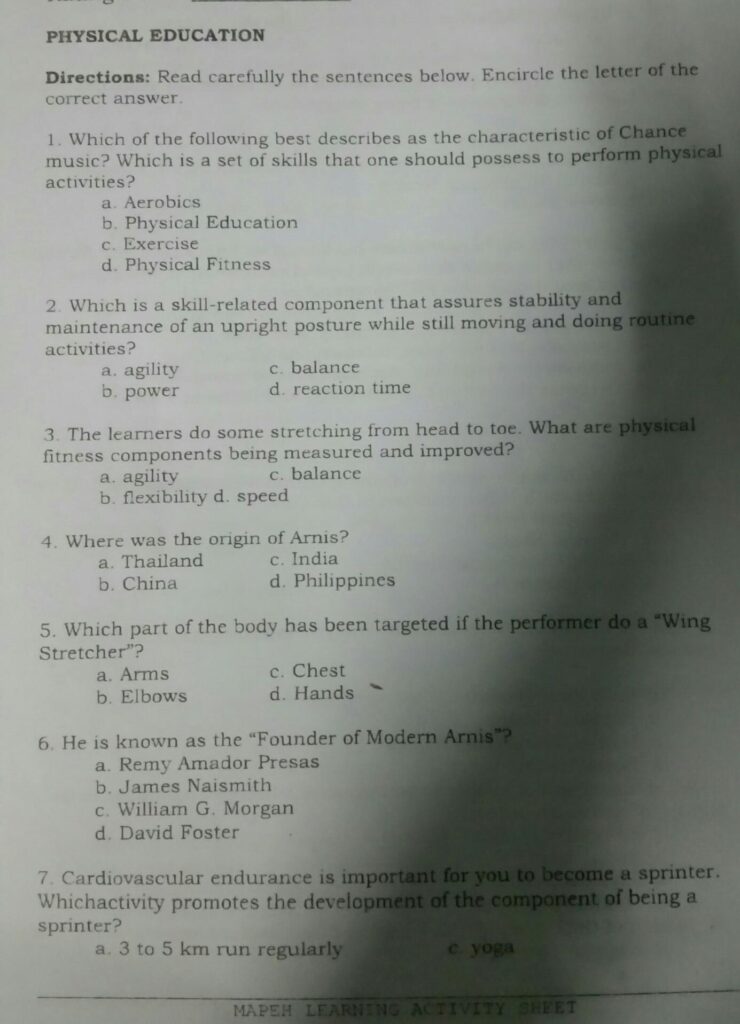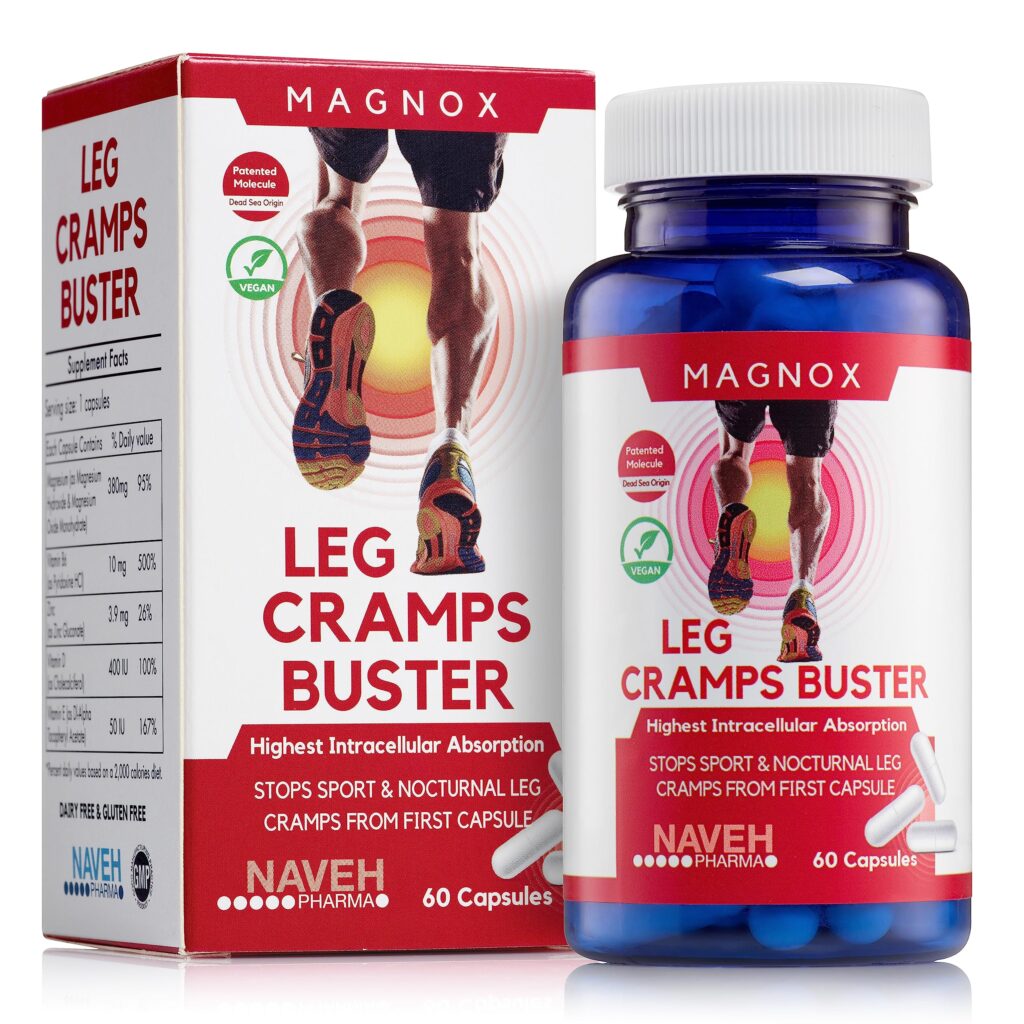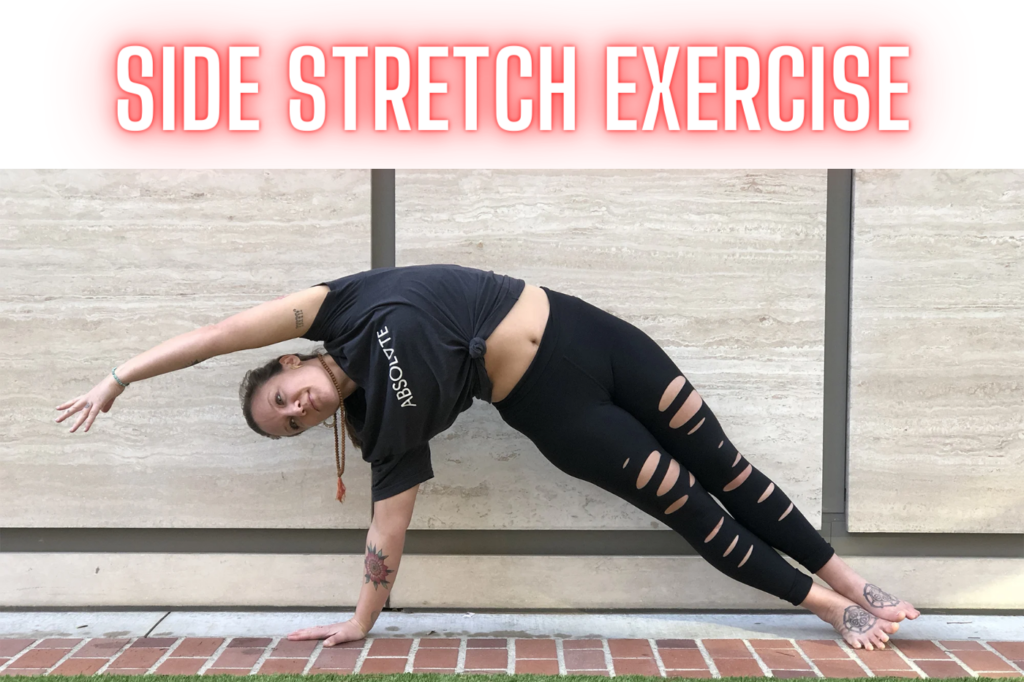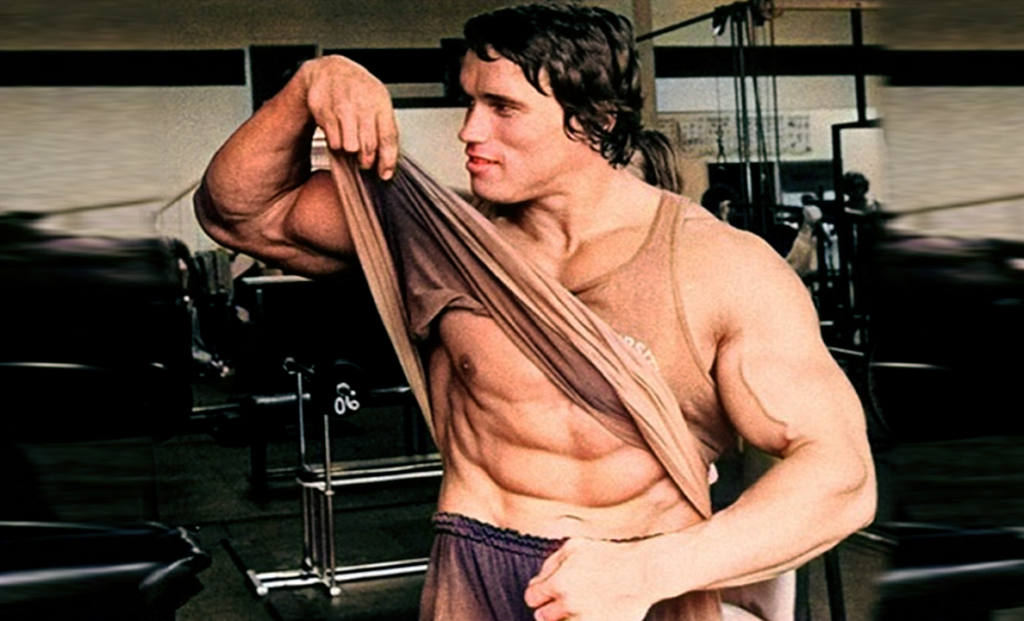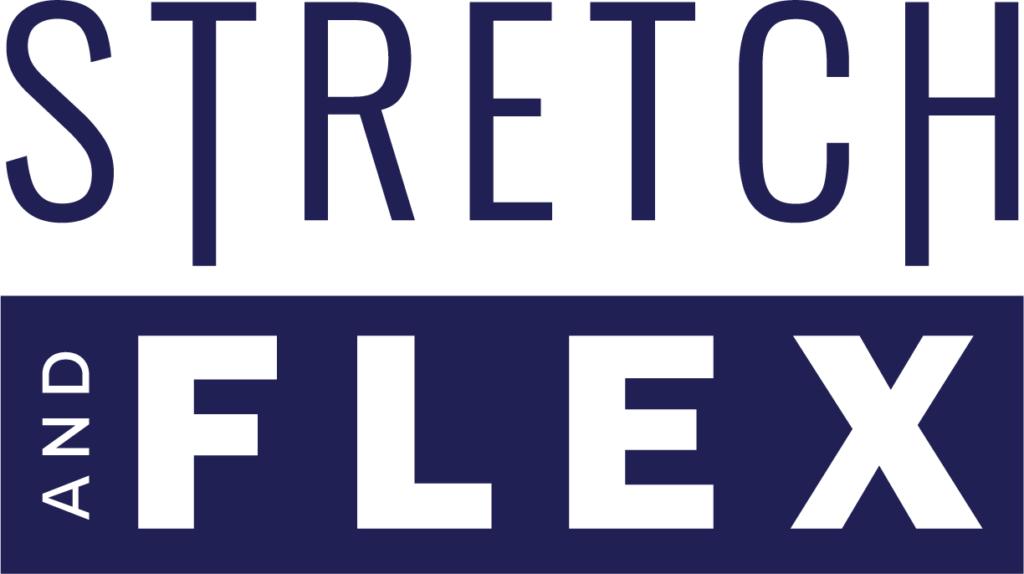Side Stretch is a yoga pose that elongates the torso and improves flexibility. It targets the obliques and intercostal muscles.
Side Stretch, also known as Parsva Tadasana, is a beneficial yoga pose for enhancing flexibility and relieving tension. This pose stretches the muscles along the sides of your body, including the obliques and intercostals. Regular practice of Side Stretch can improve posture and increase your range of motion.
It also helps in deepening your breath, which can reduce stress and promote relaxation. Ideal for both beginners and advanced practitioners, Side Stretch is an essential addition to any yoga routine. Incorporate this pose to boost your overall physical health and mental well-being.
Introduction To Side Stretches
Side stretches help improve flexibility. They target the muscles on your sides. These muscles are often tight. Stretching them can make them more flexible. Flexible muscles move better. They can help you perform daily tasks with ease. You will also find it easier to do sports. Flexibility is important for overall health. It can prevent injuries.
Side stretches can help reduce pain. Tight muscles can cause discomfort. Stretching them can provide relief. It can help you feel better. Pain in your back and sides can be lessened. Regular stretching can keep pain away. Stretching daily can help maintain a pain-free body.
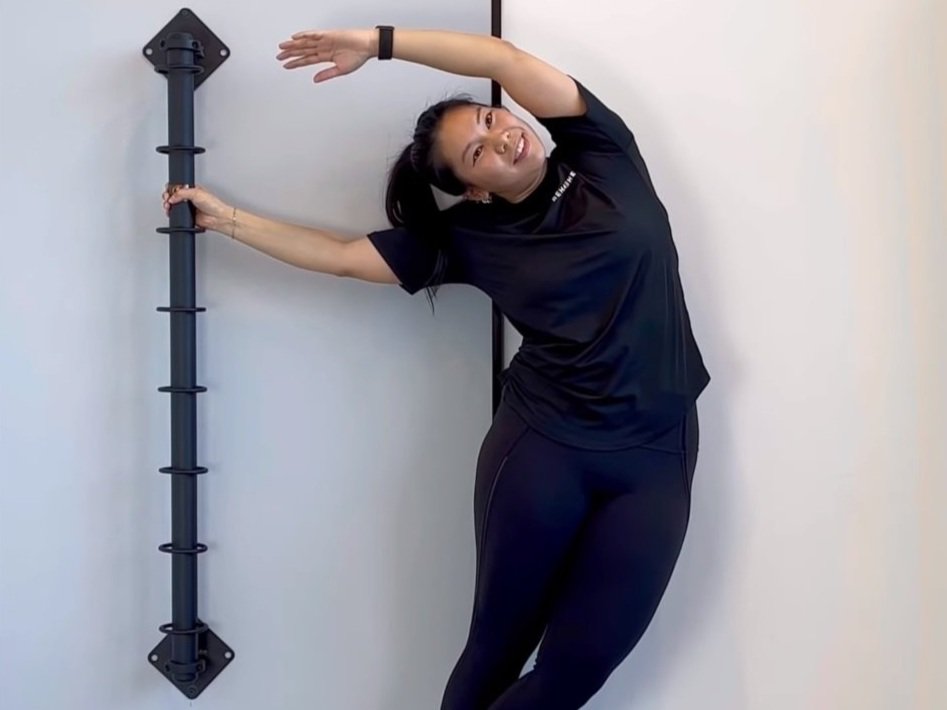
Credit: www.rehabhero.ca
Anatomy Of A Side Stretch
Side stretches work many muscles. The obliques are one of the main targets. These muscles help twist the body. The latissimus dorsi also gets a good stretch. This muscle runs along the back. The intercostal muscles between the ribs are also stretched. This helps with breathing. The quadratus lumborum in the lower back is another key muscle. All these muscles work together for a better range of motion.
Side stretches improve flexibility and mobility. These stretches make it easier to move. They also help reduce muscle tension. This can help you feel more relaxed. Blood flow to the muscles increases. This helps them stay healthy. Stretching also helps with posture. It can even help prevent injuries. Doing side stretches can make daily activities easier.
Types Of Side Stretches
Static stretches involve holding a position for a period of time. Muscles stay in a stretched position. This helps improve flexibility and range of motion. Dynamic stretches involve movement and are often part of a warm-up. They prepare muscles for activity. Both types are important for overall fitness.
Standing side stretch is common and easy to perform. Stand tall and reach one arm over your head. Lean to the opposite side. Seated side stretch can be done on the floor. Sit with legs crossed and reach one arm overhead. Lean to the opposite side. Wall side stretch uses a wall for support. Stand next to a wall and reach one arm up. Lean towards the wall for a deeper stretch.
Incorporating Stretches Into Your Routine
Stretching in the morning can wake up your body. It helps you feel energized. Night stretching relaxes muscles before sleep. Both times can be beneficial. Choose the best time for your routine.
Stretching daily keeps muscles flexible. Each stretch should last 15-30 seconds. Repeat each stretch 2-4 times. Regular practice prevents stiffness and injuries. Consistency is key for effective stretching.
Proper Technique For Maximum Benefit
Stand tall with your feet together. Raise your right arm over your head. Keep your left arm by your side. Bend your body to the left. Feel a stretch along your right side. Keep your chest open and face forward. Do not twist your torso. Hold the position for 20 seconds. Return to the starting position. Repeat on the other side. Breathe deeply throughout the stretch.
Avoid hunching your shoulders. Do not lean forward. Keep your body in one plane. Avoid bouncing during the stretch. Do not overextend your side. Keep your head aligned with your spine. Do not hold your breath. Avoid locking your knees. Keep them slightly bent. Stretch gently to prevent injury.
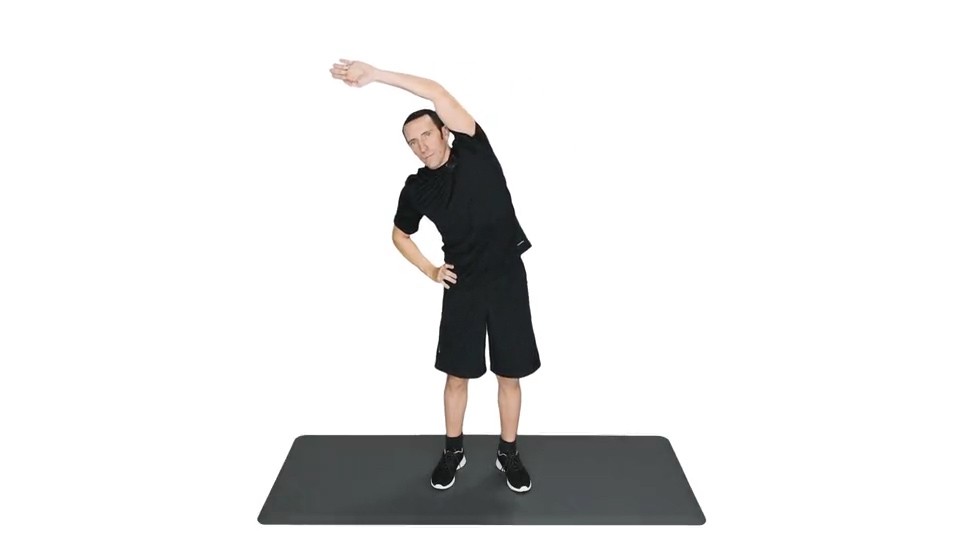
Credit: sworkit.com
Advanced Side Stretching Techniques
Progressive overload is key in stretching. Start with simple stretches first. Gradually increase the intensity. Hold the stretch a bit longer each time. Feel the muscles stretch deeper. This helps improve flexibility and strength. Do not rush the process.
Props can help you stretch deeper. Use a strap or a block. These tools assist in holding poses longer. They provide better support. Props help in maintaining proper form. This reduces the risk of injury. Try using props for better results.
Side Stretches For Specific Issues
Side stretches can help with lower back pain. These stretches loosen tight muscles. They also improve flexibility. Start by standing straight. Place one hand on your hip. Reach the other arm over your head. Bend to the side. Hold for 20 seconds. Repeat on the other side. This stretch can reduce pain and make your back stronger.
Side stretches can assist in managing scoliosis. They help in balancing muscles on both sides of the spine. Stand with feet shoulder-width apart. Raise one arm overhead. Lean to the opposite side. Feel the stretch along your side. Hold for 30 seconds. Switch sides and repeat. Regular practice can improve posture and reduce discomfort.
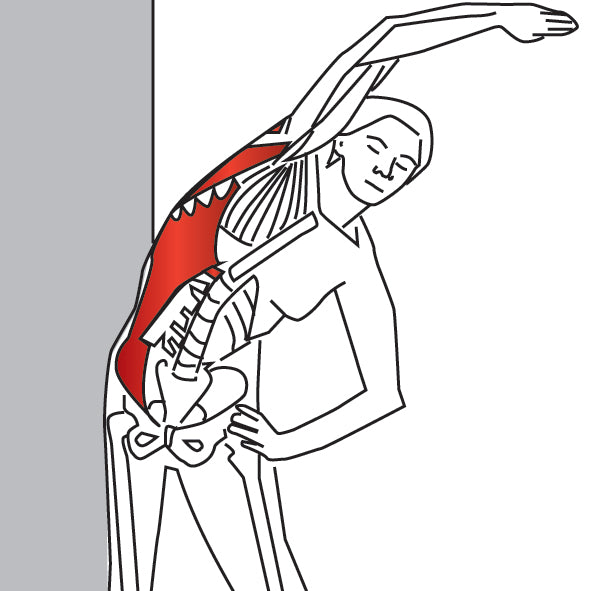
Credit: nielasher.com
Safety Considerations And Contraindications
People with back pain should not do side stretches. It may cause more pain. Pregnant women should also avoid these stretches. They might feel uncomfortable. Anyone with a recent injury should skip side stretches. It’s important to be safe.
People with injuries can modify side stretches. Use a chair for support. Try stretching while sitting. Move gently and slowly. Stop if you feel pain. Listen to your body and be careful.
Measuring Progress And Staying Motivated
Use a journal to record your flexibility gains. Write down your starting point. Note how far you can stretch. Update your journal every week. This helps you see progress over time. Take photos to compare your progress. Seeing changes can keep you motivated.
Set small goals at first. Aim to stretch a bit further each week. Celebrate small wins. They keep you excited. Make sure your goals are achievable. Don’t aim too high too soon. This helps you avoid injuries. Stay consistent with your practice. Even 5 minutes a day helps.
Holistic Approach To Flexibility
Diet and hydration play a big role in flexibility. Eating healthy foods helps muscles stay strong. Drinking water keeps them hydrated. Proper nutrition gives the body the energy it needs. Healthy muscles stretch better and recover faster. Avoiding junk food can improve your flexibility.
Water helps remove toxins from the body. It keeps your muscles from getting too stiff. Always drink enough water, especially after exercise. Eating fruits and vegetables provides essential vitamins. These vitamins support overall muscle health. A balanced diet includes proteins, carbs, and fats.
Frequently Asked Questions
What Is Side Stretch For?
Side stretch improves flexibility, reduces muscle tension, and enhances posture. It helps in lengthening the spine and relieving back pain.
How To Stretch Out Side Pain?
To stretch out side pain, gently perform side bends. Stand straight, raise one arm overhead, and lean to the opposite side. Hold for 15-30 seconds and switch sides. Repeat a few times daily for relief.
How Do You Stretch Tight Side Muscles?
To stretch tight side muscles, perform side bends and standing or seated side stretches. Hold each stretch for 20-30 seconds. Breathe deeply and repeat on both sides. Incorporate these stretches into your daily routine for best results.
What Does Seated Side Stretch Do?
The seated side stretch improves flexibility, relieves tension, and enhances spinal mobility. It also targets the obliques and intercostal muscles.
Conclusion
Regularly practicing side stretches can greatly enhance your flexibility and overall wellness. This simple exercise helps alleviate tension and improve posture. Incorporate side stretches into your daily routine for maximum benefits. Remember, consistency is key to reaping the rewards of this effective stretch.
Embrace the journey to a more flexible and healthier you.

